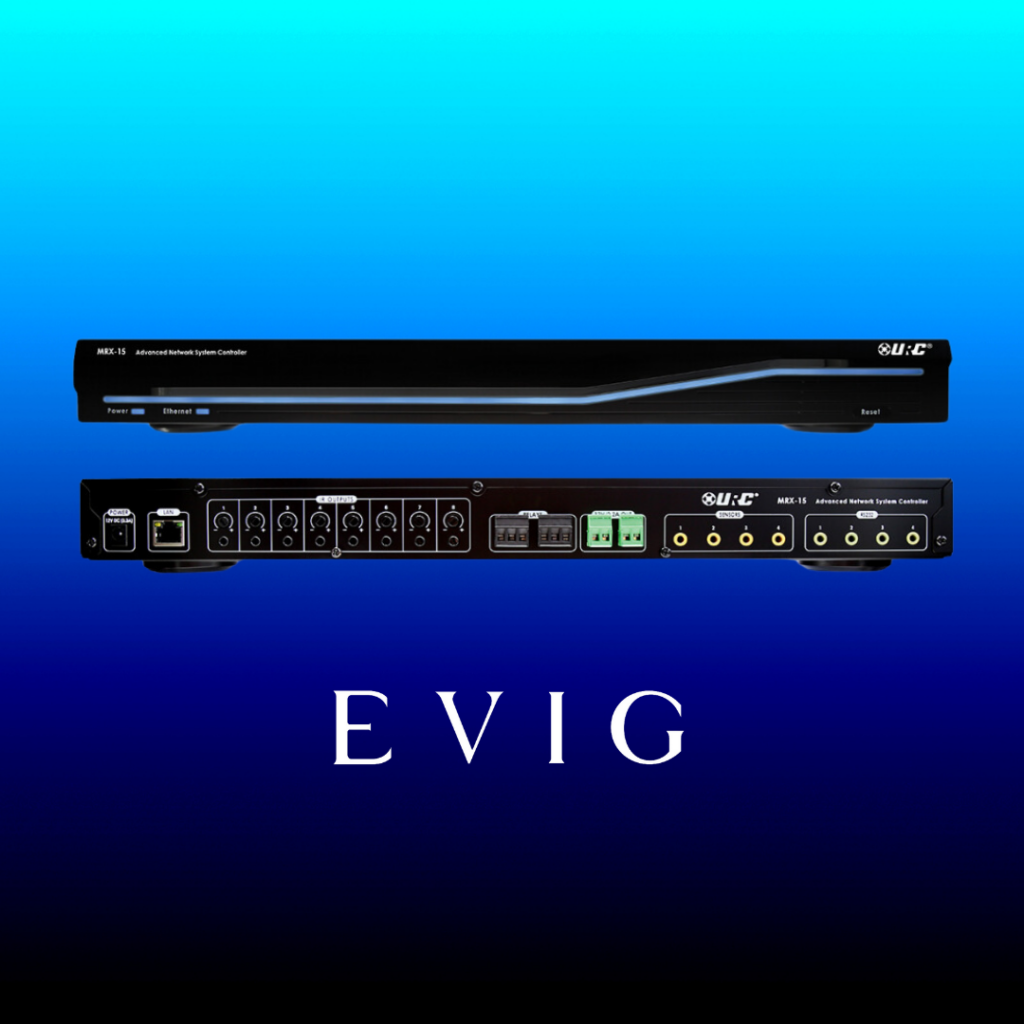Integrating innovative technology into your home should make life easier, not give you a headache. If setting up home automation control systems feels like preparing for a big exam, don’t worry! Here’s a simple guide to ensure your smart home serves you, not vice versa.
Start With a Plan
Just like you wouldn’t build a house without a blueprint, don’t start buying smart devices without a plan. Think about what you want to control—lights, temperature, security. It will help you choose the right home automation control systems without buying unnecessary gadgets. Planning can save you time and money, ensuring you get only what your home needs.
Know Your Network
Your smart home is only as good as your internet connection. Ensure you have a strong Wi-Fi network to handle all your devices. It might be worth upgrading your router if you plan to connect multiple devices like lights, cameras, and speakers. A robust network is the backbone of any smoothly running smart home system.
Compatibility is Key
Not all smart devices work well together. To avoid a tech tantrum, check that all your devices are compatible with your home automation control systems.

It ensures they can communicate smoothly, making your life a whole lot easier. Investing in compatible devices means fewer headaches and more seamless operation.
Keep It Simple
When you start diving into home automation, it’s easy to feel like a kid in a candy store. But remember, the goal is to simplify your life and not clutter it with tech. Start small—perhaps with smart lighting or a smart thermostat—and expand as you get more comfortable. This gradual approach helps you integrate technology into your lifestyle at your own pace.
Choose a Central Control
Managing your smart home shouldn’t feel like piloting a spaceship. A home automation controller can be your central command, making it easy to control all your devices from one place. It could be a physical unit like a wall panel or an app on your phone. Having one control hub simplifies your interaction with multiple devices.
Secure Your System
Just like you lock your doors, make sure your smart home is secure from intruders. Use strong passwords, enable two-factor authentication, and keep your software up to date. It protects your home from digital threats as effectively as a high-tech security system. Regular updates and strong security practices protect your smart home from digital prowlers.
Learn and Adapt
Your smart home will evolve with you. Take the time to learn what your systems can do and adjust them to fit your lifestyle better.

Maybe that smart coffee maker isn’t as useful as you thought, or perhaps you’ll find a smart window shade a must-have for sleeping in on Saturdays. The more you experiment, the better you can tailor your smart home to your needs.
Embrace Voice Control
Adding voice control to your smart home setup can take your convenience to the next level. Connecting devices like Amazon Alexa or Google Home to your home automation control systems allows you to manage your home with simple voice commands. Whether turning off the lights without leaving your bed or adjusting the thermostat from the couch, voice control makes it all feel like magic. Talking to your home and having it listen can make you feel like you’ve got a friendly helper right there with you.
Get Professional Help If Needed
Don’t be shy about calling in a professional if all else fails. Sometimes, getting everything to work together seamlessly is a bit more complex than expected. A professional can ensure your systems are integrated perfectly and suggest some cool features you hadn’t considered. An expert can provide insights and solutions that ensure your smart home is set up for success.
Using these easy tips, you can ensure that your home automation control systems make your life better, not more complicated. Keep in mind that the main idea of smart home technology is to make your life more comfortable and efficient. So, take charge and turn your home into a helpful partner, not just a collection of tricky devices!

